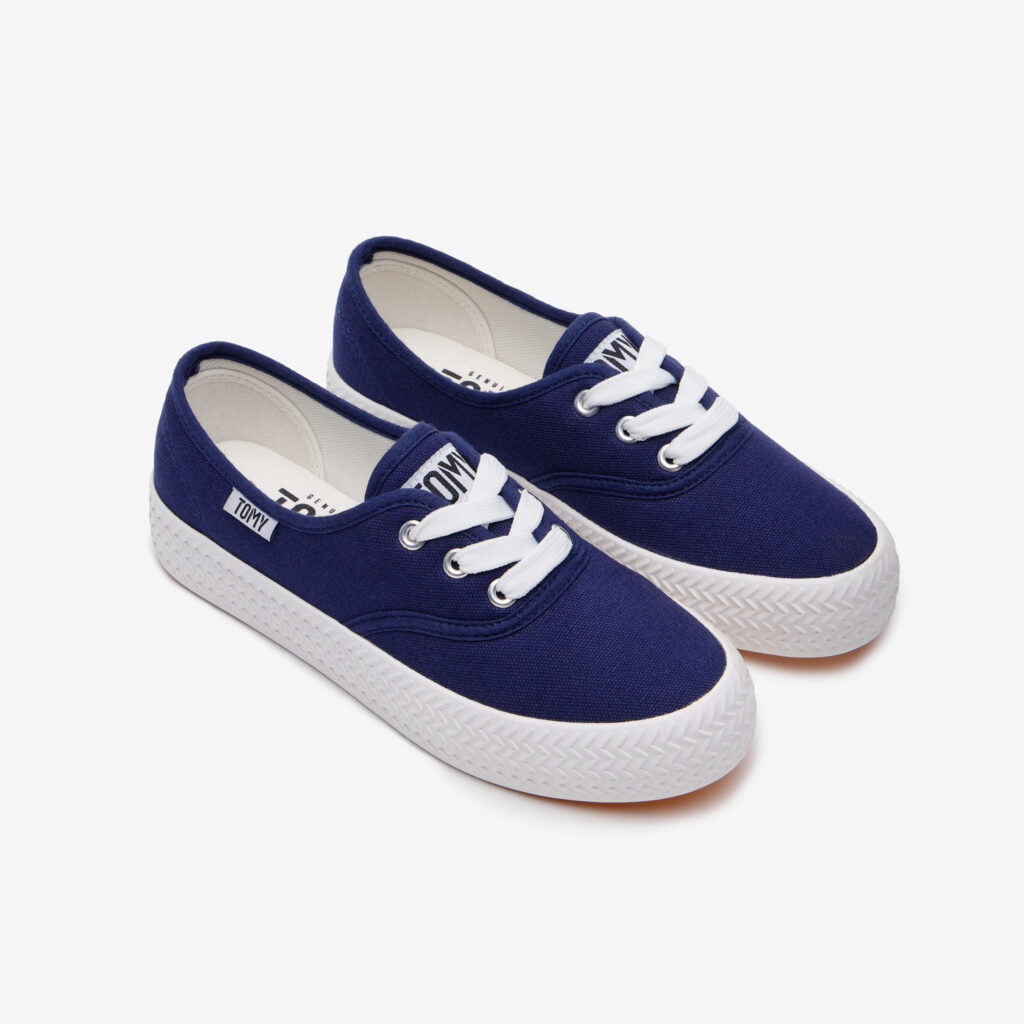From Humble Soles to Cultural Icon: The Journey of Tomy Takkies

From Humble Soles to Cultural Icon: The Journey of Tomy Takkies. In the vibrant tapestry of South African fashion, few brands have woven themselves as seamlessly into the national identity as Tomy Takkies. What began as a simple canvas shoe has evolved into a symbol of authenticity, resilience, and timeless style. The story of Tomy Takkies is not just about footwear; it’s about understanding one’s audience, staying true to core values, and adapting with grace.
Origins: A Step into Simplicity
Tomy Takkies emerged in South Africa during the 1960s, introduced by Bata, a global footwear company with a strong local presence. Designed as an affordable, comfortable, and versatile canvas shoe, Tomy Takkies quickly gained popularity among schoolchildren and adults alike. Their minimalist design and durable construction made them a staple in many households, transcending socio-economic boundaries.

Cultural Resonance: More Than Just a Shoe
Over the decades, Tomy Takkies became more than just footwear; they became a cultural phenomenon. Worn by generations, they were associated with school days, casual outings, and even dance floors. Their unassuming design allowed wearers to personalize them, turning each pair into a unique expression of individuality. This deep-rooted cultural connection fostered a sense of nostalgia and loyalty among consumers.
Strategic Marketing: Embracing the Digital Age
Recognizing the need to engage with a younger, digitally-savvy audience, Tomy Takkies embraced social media platforms to rejuvenate their brand image. Campaigns highlighting user-generated content, collaborations with local artists, and interactive promotions helped the brand stay relevant in a rapidly changing market. By leveraging digital channels, Tomy Takkies not only reached new audiences but also reinforced their connection with long-time fans.

Product Evolution: Balancing Tradition and Innovation
While staying true to their classic design, Tomy Takkies introduced new colorways, patterns, and limited-edition releases to cater to evolving consumer tastes. Collaborations with local designers and artists infused fresh perspectives into the brand, attracting fashion-forward consumers without alienating traditionalists. This balance between innovation and tradition ensured the brand’s continued relevance across generations.
Resilience in the Face of Challenges
Like many heritage brands, Tomy Takkies faced challenges from international competitors and changing fashion trends. However, their commitment to quality, affordability, and local relevance allowed them to weather these storms. By continuously engaging with their community and adapting to market shifts, they maintained their position as a beloved South African brand.

Lessons for Aspiring Entrepreneurs
- Understand and Embrace Your Heritage: Tomy Takkies’ deep cultural roots provided a strong foundation. Entrepreneurs should recognize and leverage their brand’s history to build authenticity.
- Engage with Your Community: By involving customers in campaigns and product development, Tomy Takkies fostered a sense of ownership and loyalty. Building a community around your brand can lead to sustained success.
- Balance Tradition with Innovation: While staying true to their classic design, Tomy Takkies introduced modern elements to appeal to new audiences. Entrepreneurs should strive to innovate without losing sight of their core values.
- Adapt to Market Changes: Embracing digital marketing and new distribution channels allowed Tomy Takkies to remain competitive. Staying agile and responsive to market trends is crucial for longevity.
Tomy Takkies’ journey from a simple canvas shoe to a cultural icon exemplifies the power of authenticity, community engagement, and adaptability. Their story serves as an inspiration for entrepreneurs aiming to build brands that resonate deeply and stand the test of time.




